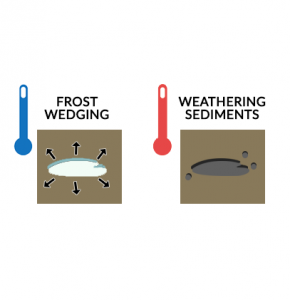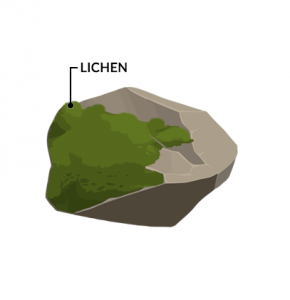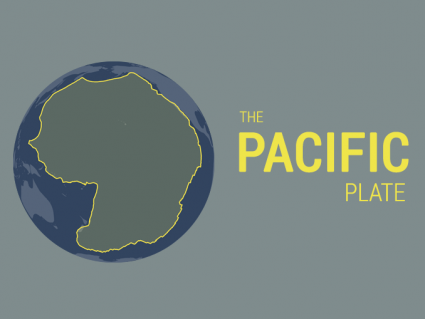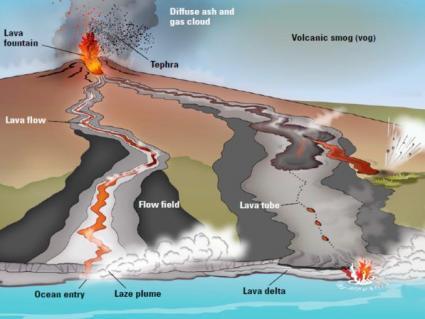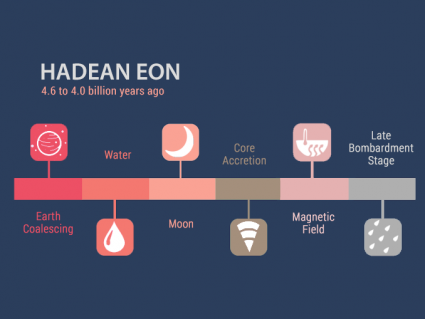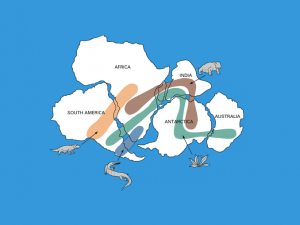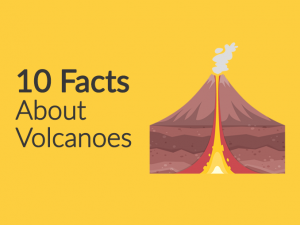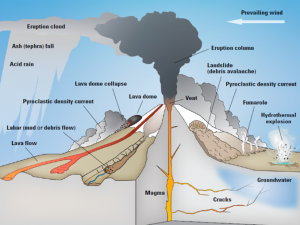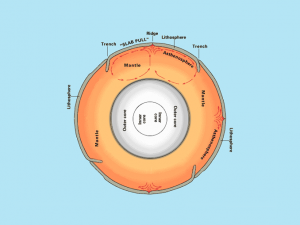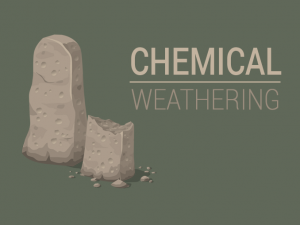3 Mechanical Weathering Processes that Break Down Rocks

“Mechanical weathering is the breakdown of rocks into sediments through physical means. For example, weathering can carve out potholes in our streets, break down rocks to form soils, and even tear down mountains.”
The major types of mechanical weathering processes are as follows:
Unlike chemical weathering, mechanical weathering does not alter the chemical composition of the rock. Typically, both chemical and mechanical weathering simultaneously play a role in breaking rocks down into smaller sediments.
1. Frost wedging and freeze-thaw cycles
Why do streets in colder climates have more potholes than in warmer climates? This is due to the unique property of water contracting and expanding from frost.
As water turns into a liquid, it freely enters existing cracks within the rock itself. When the temperature freezes, water stretches out and disintegrates the rock.
This is why some streets in northern climates look like someone laid the hammer down. Not only does frost wedging tear apart our streets, but it affects mountains too.
“The repeated freezing and thawing of water provide enough mechanical force to disintegrate mountain rocks. But this frost wedging is much more common for mountains that experience varying temperatures and significant moisture.”
2. Temperature change and exfoliation
The frequent temperature change from day-night cycles causes rock exfoliation. But if you have a rapid temperature change say from a forest fire, this can break apart rock more abruptly.
Fractures from exfoliation can range in millimeters or meters in size. From the initial stress of the rock to the gradual crack, this mechanical weathering varies based on the composition of rocks.
For example, igneous rocks like granite are stronger and more resistant to mechanical weathering than sedimentary rocks. Basalt weathers quickly with water. And one of the fastest-weathering rocks is limestone.
“Thermal expansion can cause mechanical fracturing in rocks. Because of repeated expansion and contraction, this type of mechanical weathering can peel away at rocks.”
3. Biological weathering and terrain abrasion
There are several ways in which biological activity can exert mechanical weathering. Although they can exhibit chemical weathering, they can be mechanical in nature too.
For example, trees anchor their roots into the ground for stability. The main purpose is to absorb water. But at the same time, these roots alter the soil and put pressure on rocks.
It’s not only plants that cause biological weathering, but burrowing animals can disturb soils and rocks. They can expose and pry away at rocks to the surface physically altering the environment.
Lastly, in steep areas, abrasion, landslides, and falling rock are other forms of mechanical weathering. Because of the existing landscape, instabilities in terrain can pick away at rocks.
Where does mechanical weathering occur?
Rates of mechanical weathering vary geographically. For example, deserts and tundra climates tend to experience more mechanical weathering than drier areas. Weathering is also affected by:
- Temperature
- Water
- Composition
Out of all factors, the presence of water is the most important. Not only is water key for chemical weathering, but it’s important for mechanical weathering too. This is why moist regions weather quicker.
Temperature causes rock to expand and contract. But with the presence of water, extreme day and night temperatures can cause rock to shatter quicker.
Mechanical Weathering Processes that Break Down Rocks
Rocks and minerals are subject to a few different types of weathering. First, physical processes like freeze-thaw cycles break down rocks by freezing the water inside them and then thawing it, causing the cracks and fissures that we’re all familiar with.
Secondly, chemical processes like acid rain or acid snow can result in the dissolution of rock, leaving behind minerals such as fluorine, which can leach into our water sources.
But what about mechanical weathering? The process of breaking down rocks through physical force is known as mechanical weathering.
If you have any questions about any of these processes, please let us know with a comment below.

